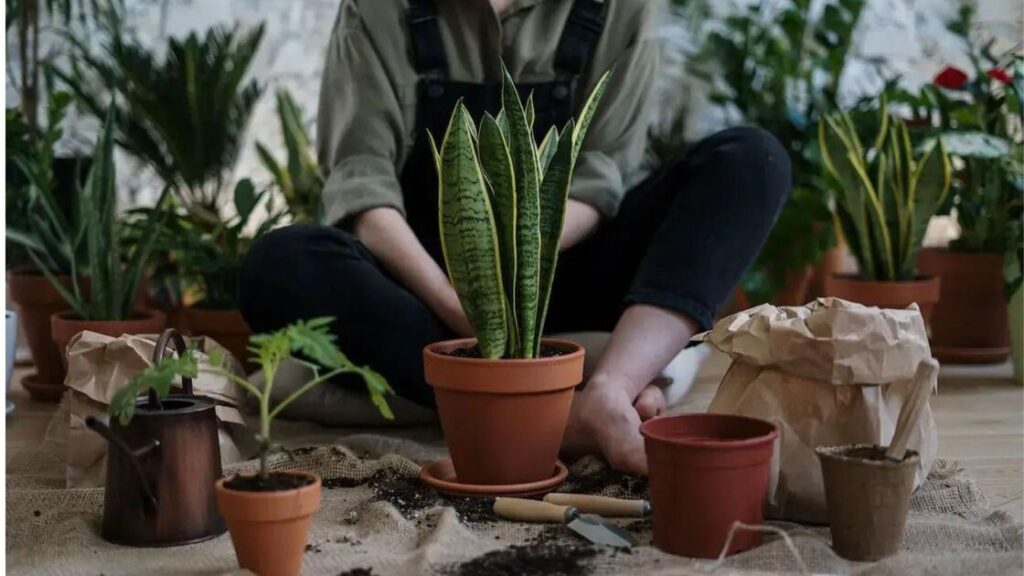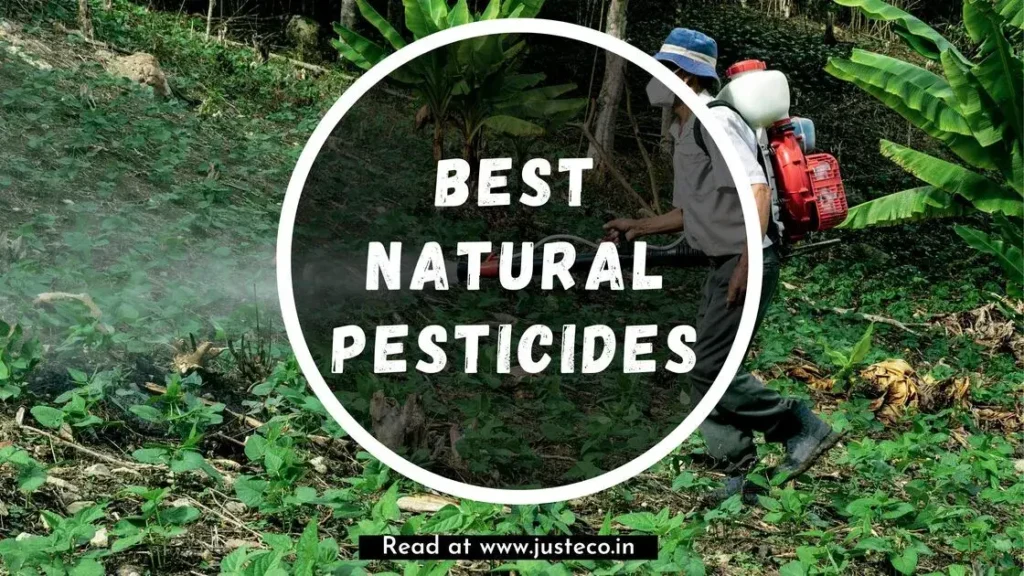The Organic Mattresses Useful Thing to Save the Environment
Sleep is something that every human needs. Everyone needs a peaceful sleep after a long tiring day. The best organic mattress gives you the best sleep. But many mattresses in our market are synthetic, which can harm our environment. That’s why we should adopt using an organic mattress. Switching to the best organic mattress can help you live a greener, more sustainable life while reducing the negative impacts of synthetic materials and toxins. It’s no wonder more mattress customers are looking toward organic, eco-friendly options since most consumers today enjoy following the ways to save the environment. What are organic mattresses? Instead of traditional, synthetic, or chemical materials, organic mattresses are non-toxic, natural materials. It is more breathable and keeps you warm in the winter and cool in the summer, and it also decreases the harmful effects of plastic used in synthetic mattresses. Organic mattresses are typically durable, Biodegradable, contain sustainable fabrics, and are hypoallergenic. A natural mattress is the best option if you have asthma, allergies, or other respiratory conditions or don’t want to expose yourself to dangerous pollutants. A mattress composed of organic materials is also better for infants and young children. Differences between synthetic and organic mattresses Synthetic Mattress Organic Mattress Contains synthetic materials, including steel coil, springs, wire mesh, polyester, and polyurethane foam. These eco-friendly mattresses contain natural materials like wool and cotton. Some mattresses also contain chemicals such as flame retardants. Wool acts as a flame retardant which can help in the protection of the environment. It may cause breathing issues because of the chemicals used to make them. No breathing issues occur as these mattresses contain eco-friendly and organic products. These are difficult to decompose in the environment after their shelf life. These are easily decomposable as they have sustainable fabrics and organic products. You may face disturbance in sleep while sleeping on this mattress. These eco-friendly mattresses give better and more peaceful sleep. These mattresses are not much durable comparing organic mattresses. These are incredibly durable comparing synthetic mattresses. Types of organic mattresses A vital feature of an organic mattress is its capacity to support and relieve pressure on your body while also controlling your body temperature to keep you cozy and warm as you sleep. Organic mattresses have the following types. Let us look briefly into these types. Organic hybrid mattresses: Among clients who care about the environment, organic hybrid mattresses are a popular option. It typically has latex, cotton, or wool at the top, along with coils (mostly the pocketed kind). Compared to mattresses with regular innerspring, organic hybrid mattresses typically have a few natural components for comfort. Organic latex mattresses: A mattress without springs is known as a latex-only or pure latex mattress. It is made of organic latex, as the name suggests, and the rubber tree sap is processed to produce latex. Organic latex mattresses are free of synthetics, chemicals, herbicides, pesticides, and other chemicals created by humans. Mattresses made of latex are organic, sturdy, and safe. Organic innerspring coil mattresses: An innerspring coil mattress is often comprised of various types of individually wrapped metal spring coils wrapped in wool or cotton. For customers looking for the best organic mattress made of the purest ingredients, several outlets sell a variety of brands of innerspring mattresses. They typically have metal springs in the core and are made of organic cotton or wool, and these are non-toxic mattresses and are entirely pure. Organic pillow-top mattresses: These mattresses are perfect if you like to sleep on your side or need more pressure relief from firm to ultra-plush or wherever in between; you may easily change them. An organic pillow-top mattress is created using natural latex, cotton, wool, latex, a PLA layer, and enclosed coils. An organic pillow-top mattress often has 4-5 three-inch latex layers on top to produce a plush top layer. Vegan mattresses: This can be strange to hear, but yes, there are vegan mattresses too. Some producers also sell vegan mattresses. As its name suggests, a vegan mattress does not contain any wool in its stuffing and is entirely composed of plant-based ingredients. They are typically created from materials of the highest caliber, such as organic cotton. Uses of organic mattresses Going organic when buying mattresses has the following benefits. Organic mattresses brands in India 1. DREAMZEE Natural Latex Mattress This mattress, which comes in various sizes, may be the ideal way to get the luxury of a five-star hotel at a much lower price. 2. Boston Organic Mattress This mattress made entirely of natural latex is suitable for proper ventilation, preventing overheating in the summer and extreme cold in the winter. The bed’s size and thickness are adjustable, and it shouldn’t cost you much and be around Rs. 60k+ if you choose the average dimensions. 3. Wakefit Mattress Another reliable mattress has arrived from Sunday’s home. The bed has a medium firmness, is soft and perfectly shaped to fit your body, and is gentle in quality. 4. Novilla Queen Size Mattress This mattress, which has Multi-core technology, is ideal for softness and comfort. A smaller-sized bed costs less than Rs. 20k, and prices can go as high as Rs. 70k. 5. Zinus Memory Foam This is the mattress for you if you want comfort and health advantages. You may pay less than Rs. 20k for the mattress. It is always advisable to use non-toxic mattresses and buy them Conclusion Nowadays, people are trying to use organic products daily. From vegetables to clothes, people prefer organic products. Natural mattresses should also come into use for everyone, which helps protect the environment.
The Organic Mattresses Useful Thing to Save the Environment Read More »





